You may have heard about phosphates and phosphate removal products for swimming pools. In addition to proper chemical balance, controlling phosphate levels in the water is a critical aspect of preventing algae growth in pools. Here’s some info about what phosphates are, why they are a problem and how to remove them from your pool.
What are Phosphates?
Phosphates are a compound of salts, like phosphorus and other mineral salts. Phosphorus is totally natural, and is an essential nutrient for human, animal, and plant life. It is one of the most common substances in our environment; occurring naturally in food, water, human and animals.
Phosphorous containing compounds are necessary components to our DNA and RNA, cellular membranes, teeth and bones and our metabolism. Plants need phosphorous compounds because they are vital to the photosynthesis process.
Phosphates are found in many products we use every day, including: energy drinks and colas, baking mix, toothpaste, some cleaning products and detergents (though use in those products is limited today), fertilizer and fire extinguishers.
Why are Phosphates Bad?
Right now you might be wondering how something so essential can cause problems in your pool. As I mentioned above, phosphates are necessary for photosynthesis, which, like all plants, is a process algae uses to grow. A large increase in phosphates allows algae and other plants to grow more rapidly.
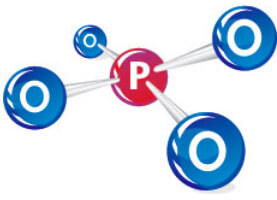
In the 1950’s and 1960’s sodium phosphate was used often in household detergents to increase cleaning power. This added phosphates to the water supply and therefore dramatically increased phosphate levels in some lakes and streams. This unnatural rise in phosphate levels increased algae growth dramatically, causing many problems for aquatic life. As a result, efforts were made by the government and detergent manufacturers to reduce or eliminate the use of phosphates in household detergents and to remove them from the water during treatment processes.
This same idea can be applied on a much smaller scale to your swimming pool. Phosphate encourages algae to grow, by providing a good food source. Because they exist in so many natural and unnatural products, phosphates can enter your pool from many sources.
Some of the most common sources of phosphates in pools are: decaying plant matter, fertilizers, contaminated well water, acid rain, soil, ground water runoff, bird droppings, perspiration, urine, hair care products and cosmetics.
How do Phosphates enter the Pool?
- Windblown fertilizer
- Soaps, lotions, creams
- Mulch or soil run-off
- Bird droppings
- Ducks and Dogs
- Sweat, Cosmetics, Urine
- Contaminated fill water
- Leaf debris
- Acid rain
How do I know if I have Phosphates in the Pool?
- Difficulty maintaining a chlorine residual
- Repetitive algae blooms
- Test it ~ with a phosphate test strip.
Removing Phosphates from a Pool
- Add a Phosphate remover containing Lanthanum
- Remove and replace the water from a low-phosphate supply
Phosphates and Nitrates are in your pool, all the time, you can’t see them or taste them, but they are there. To keep them at bay, keep your pool as clean as possible, and keep your water balanced, including a constant chlorine residual. Be careful with fertilizers as you apply them, and if your pool is prone to flooding from surrounding planter beds, do what you can to mitigate the possibility of overflowing into the pool.
How To Get Rid of Phosphates
There are lots of different studies that seem to give some conflicting information about what level of phosphates in a pool is “too high”, but you might want to consider a phosphate removal product if your levels are over 100ppb (parts per billion), especially if you find that you have reoccurring algae problems. Use a phosphate test kit to quickly check your phosphate level. Make sure you do not have active algae in your pool when you test.
Phosphates are not always the cause of algae in a pool; if you have proper sanitizer levels and chemical balance, algae is unlikely to grow (unless phosphate levels are extremely high). You can liken phosphates to adding gasoline to a fire; gas didn’t start the fire, but it sure will spread quickly if added. Controlling your phosphate levels helps to give you some insurance that your water will not turn in to a swamp if your sanitizer levels dip for a couple of days.
In The Swim carries two types of phosphate removers, Natural Chemistry’s Phos Free and SeaKlear phosphate remover. Both chemicals remove phosphates from pools quickly by seeking them out and attaching to the phosphate molecule. As the attraction continues, the molecule increases in size, making removal possible with your pool filter.
It is important to remember that phosphate removal is a preventative measure, if you have active algae present in the pool, treat it with chlorine shock and algaecide first, then follow up with a phosphate remover to prevent re-occurrence. As algae die, they release phosphates in to the water, making it more likely that algae will return, creating a vicious cycle of expensive-to-treat algae blooms.

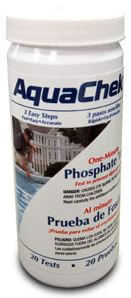
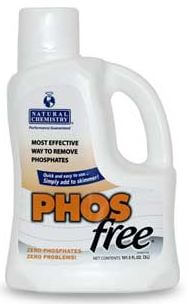


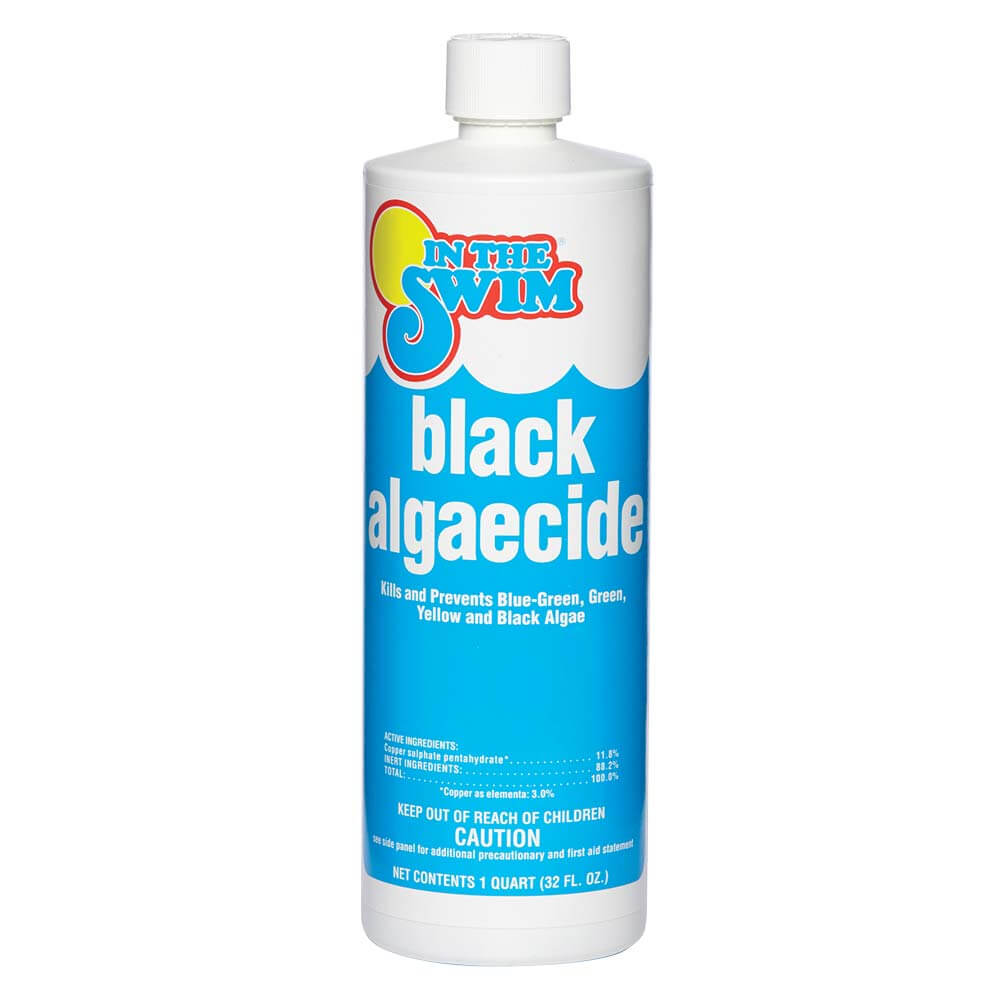
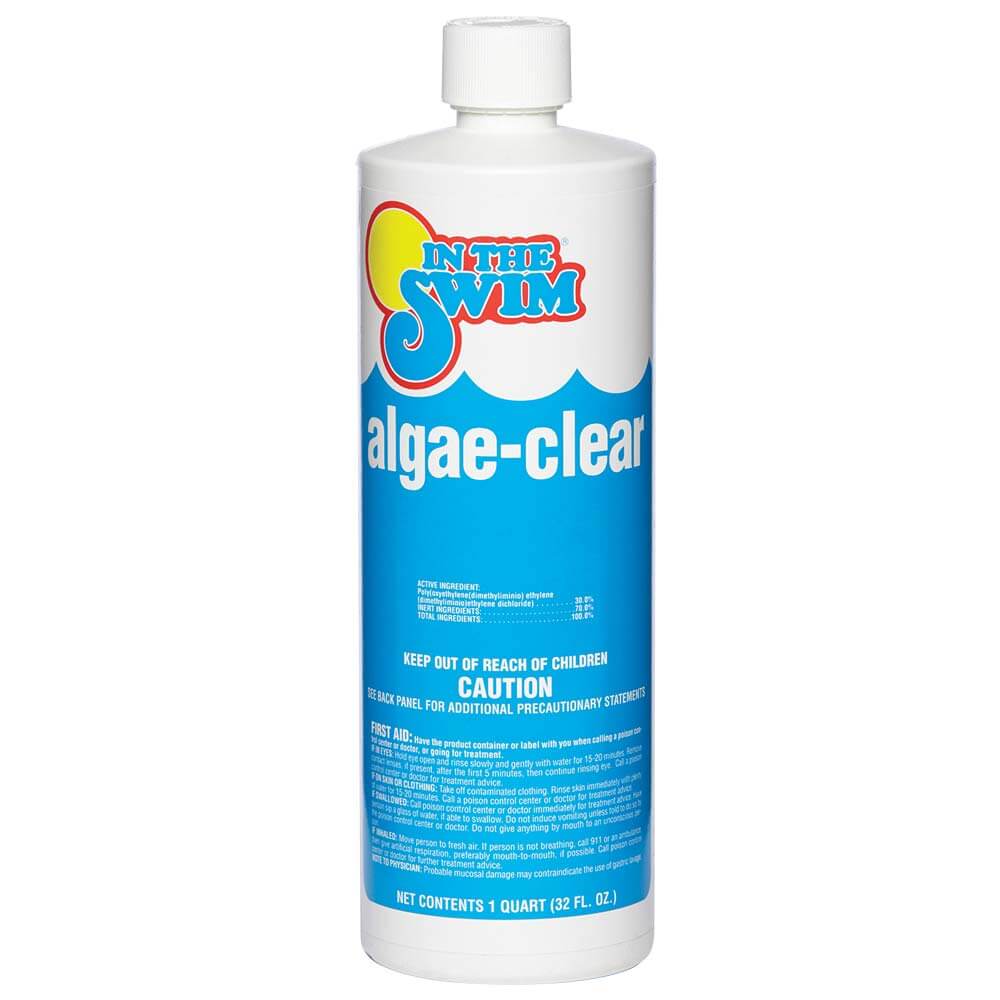
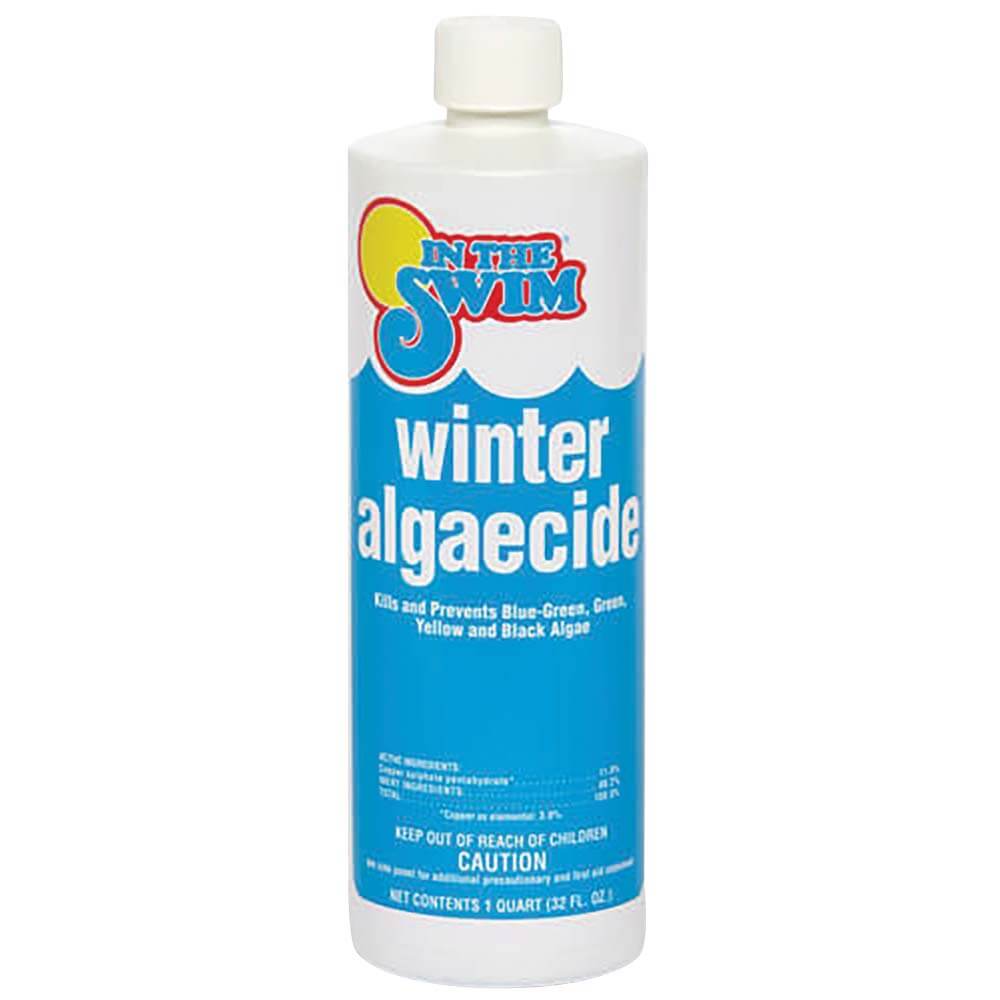
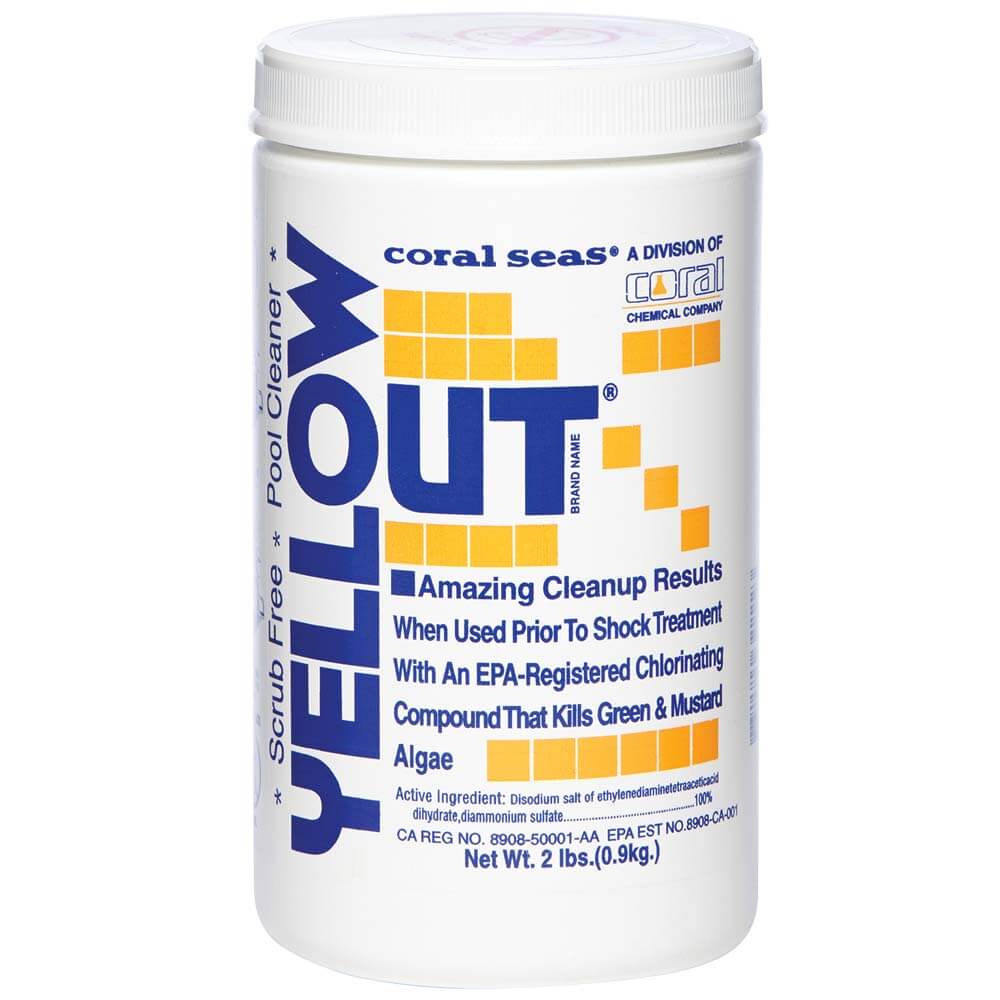
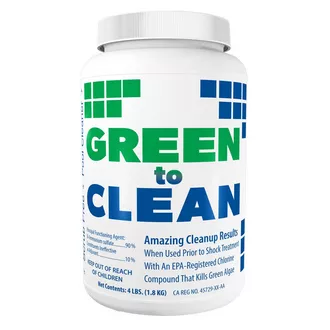
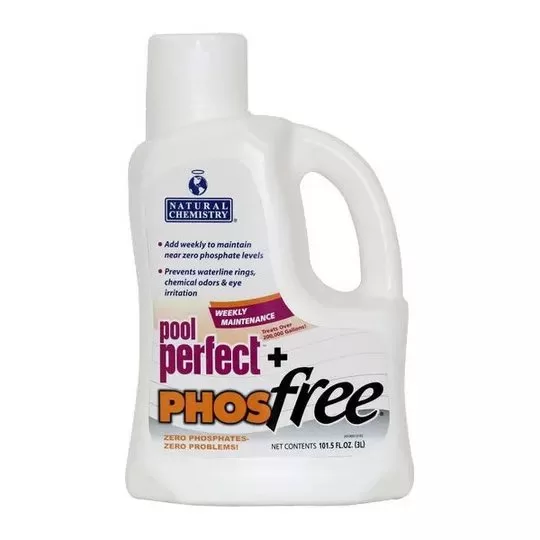

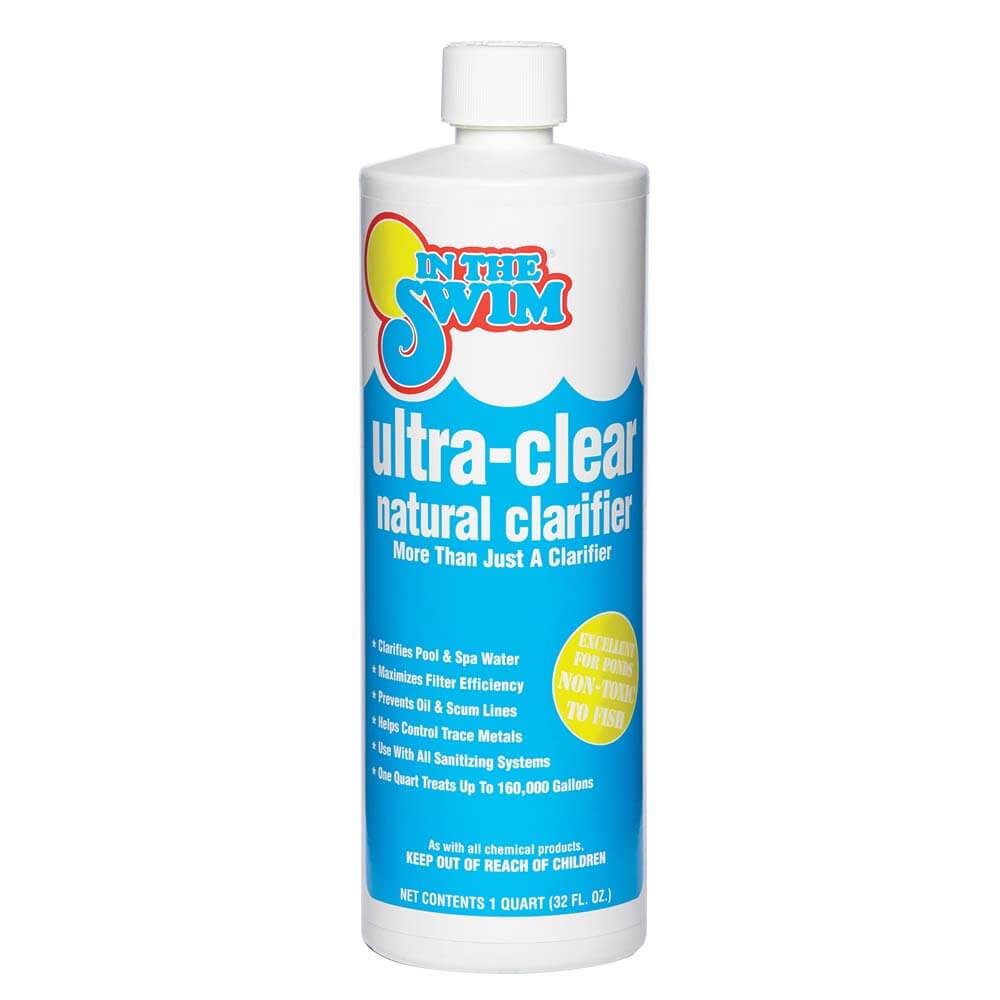
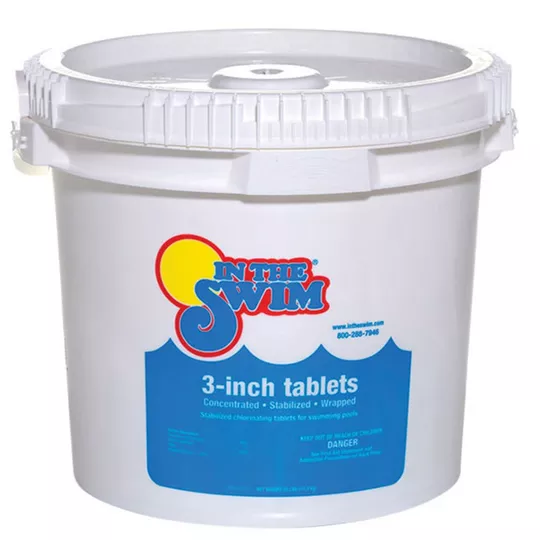
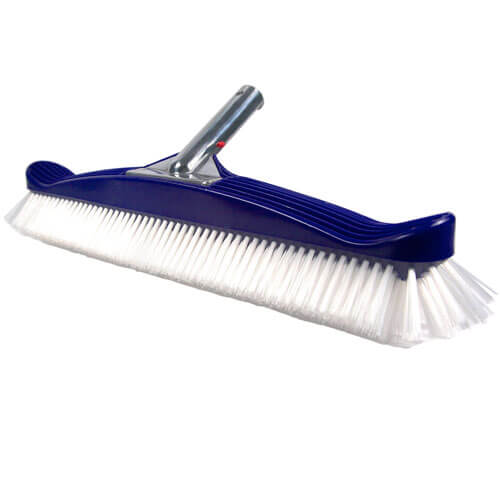
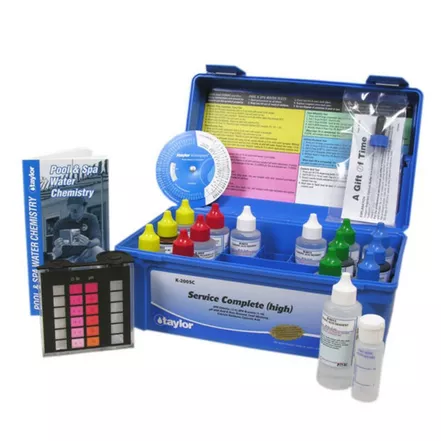
I have owned my pool for over 30 years and have personally been taking care of it for the last nine. I’ve only had a phosphate outbreak once in all that time….until recently…
I was shocked to learn that my phosphates were almost 5000ppm in both the pool and the spa which is on a completely different filtration system and is in an enclosed sunroom, so completely free of plant material albeit the screened door does allow dust matter to enter. But again I have never had this problem in the last nine years. What can be causing these outrageous numbers? No rain, occasional weekend usage by my sisters’ families. I’ve tested the municipal water and it is zero. With all factors being the same over all these years what can be causing this crazy spike? I’ve treated it 3 times now. gotten the levels to under 100 but then it spikes right back up. I finally have correlated the spikes with visits from my sister’s family who has a 3 year old. Can potential pee in the pool after one afternoon of swimming cause these spikes? The crazy thing is I’ve heard him tell his mom he needs to go and they race out of the pool to do their business. My detective skills are at their wits end. Can you help?
Hi Lisa, probably not pee, I don’t think Urine contains phosphates, could it be fertilizer? Blowing in or washing in? During heavy rainstorms, does water build up around the deck and trickle into the pool? It may not have years ago, but sometimes drains stop working, or soils encroach and create puddles. Could the kids be running thru the grass or dirt, and then jumping in the pool? 5000 ppm is a lot – do you trust the company doing the test, or are you testing yourself? Is it causing a problem, like algae growth or cloudy water? If no problems, some pools can do fine with high phosphates, while not true for others.
Thank you for such a quick response. I get the water tested by Leslie’s who reported it at these levels and I have my own aqua check kit which maxes out at 1000. I have artificial turf around the pool, all drains are functioning, never had a problem with water draining into the pool. I live in LA and we haven’t had rain in months. The water is crystal clear with only some tiny patches of yellow algae on the shallow end steps which are always in the sun. I don’t know what this could be. I’ve narrowed it down to only 2 variables between what is happening now and the last 10 years and those are I just got the pull re-fiberglassed by a different company and I now use Hasa Super Stain Out on a preventative basis. My research tells me that neither should matter. Everything else is normal. We haven’t even had strong winds. I use PR1000 to treat it and it does it’s job but then within a week or 2 the phosphates rise again
Hi Lisa, some Stain & Scale products contain orthophosphates, cannot determine, thru my quick research, if the Hasa brand contains… but if you have a thought that it might, perhaps suspend treatment with it, and see what happens?
Just wondering … will adding tap water (or rain) to my pool cause the phosphate levels to rise? My chemical levels stay pretty much normal most the time. I usually only have to add acid.
Also …
Somehow it developed a bad case of black algae. There were spots slowly appearing on the bottom. I treated and all was well. 3 months later still good. However the mustard algae has become a constant issue. I’ve done all the routine things like treating, super cleaning equipment etc. It seems I’ve been caught in a never ending chemical battle.
Two weeks ago the chems (specifically phosphates) were normal. I treated for mustard algae. It rained. I had to add water (I think I have a leak – different issue). Yesterday water tested HIGH phosphates.
The pool store sells single shots of treatment but before continuing in the cycle I wondered if adding tap wateris causing the rise … hope you can get me back on the straight and narrow as all this is going on when there are no swimmers. Thank you very much.
Hi there, yes phosphates can be in your tap water. Some city water actually add phosphates to the water to protect the pipes from corrosion. You can test the tap water separately for phosphates. also can do the same for the rain water, if you catch some in a clean cup. If trees overhang the pool, or if rain water washes into the pool from surrounding planters or grass areas, that can also elevate phosphate levels.
Thank you so much for responding. I had a sneaky feeling that is what was going on because I only have high phosphates after adding water. There are no trees around the pool and the pool is screen enclosed. No grass (xeriscaped yard).
Pool not being used much since the kids grew and moved on and right now it is ‘winter’ meaning the water is too cold to swim – for a Florida person.
SO, with all that in mind, should I treat for high phosphates when the test runs high to ward off mustard algae or fill the pool in with concrete?? (haha). Thank you for any further suggestions.
Hi again, you can use a Pleatco prefilter on your garden hose to remove phosphates from your fill water, assuming that you use a garden hose to fill the pool. Most rain will be phosphate free, unless it first contacts tree leaves or overflows from lawns or planters, and then runs into the pool. Pools are supposed to drain all rain water away, but sometimes slabs settle and drains clog, so that heavy rain storms can allow storm run-off to flow into the pool – not unusual in my experience. You can get a set of phosphate test strips, and test yourself regularly, treating when levels exceed 300 ppb. Monitor it closely, and you may find the source of the contamination. 🙂
Thanks Davy
Did the routine regarding adding the Phos remover, ran pool for 48hrs took sample in again yesterday and it is still at 1000. I did use old PE from last year that appeared a little lumpy so bought a new bottle and am doing the process again for another 48 hrs.
Question: Phos free Bottle says clean or backwash filter before starting the phos free process. I have a de filter so if I backwash prior to using the phos free, don’T I have to recharge my de filter with new de prior to adding the phos free or do I add the phos free without recharging my de filter first?
appreciate your reply thanks
Hi Bill, Definitely add the DE powder after backwashing (always) – the reason they say to backwash the filter first is so that the filter won’t clog-up too soon during the 48 hour process. If you have a nice DE filter, you may have little worries about that – the concern is more for small [undersized] sand or cartridge filters, those that need cleaning every week…
Phosphate level dramatically increased in my pool in 6 days from 0 to 1000 ppb with no sign of algae the water is completely clear and little to no use of the pool during the 6 days ? other chemicals were in line with specification.
water tested by my pool store. They recommended that I use phos free, run for 48 hours and then backwash.
I suspect a testing mistake as this is a very large number increase for just 6 days.
Hi Bill, not unusual – phosphate contamination can take place in seconds, a handful of mulch, dirty ducks, heavy leaf debris… sure, it could happen! If you doubt the pool store test, you can buy your own Phosphate test strips to confirm for yourself.
[…] can stain and damage pool surfaces and can throw pH or Alkalinity out of whack. They also bring phosphates and other undesirable micro-contaminants into the pool, which consumes sanitizer, and becomes food […]
[…] for algae, and can be easily removed by pouring in a bottle of phosphate remover. Jackie wrote a post on phosphates last fall, if you want more […]